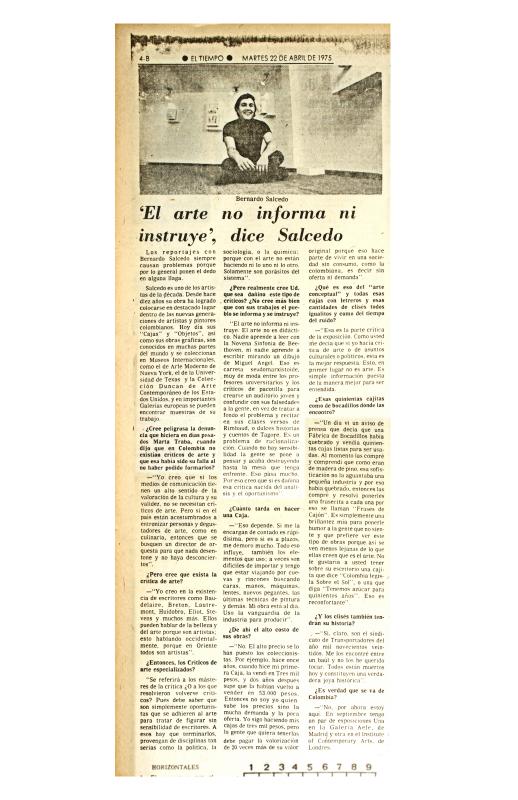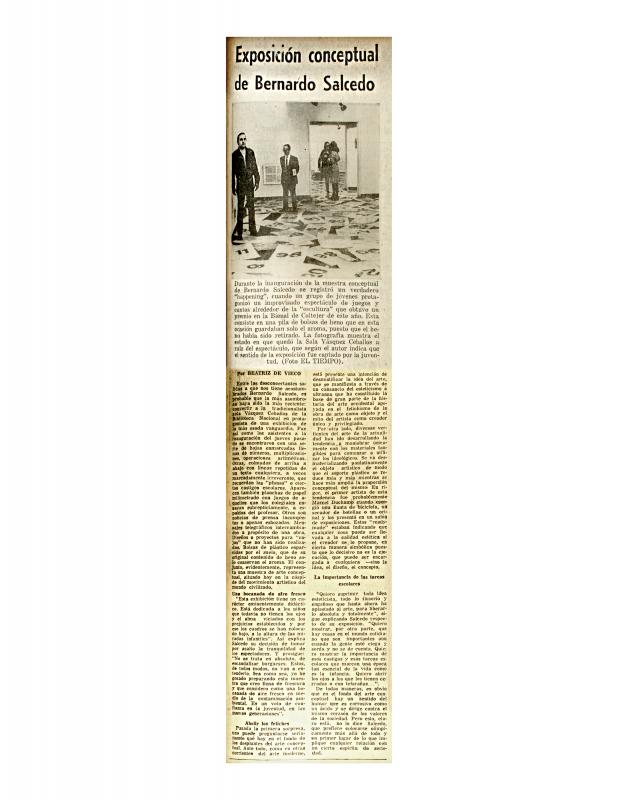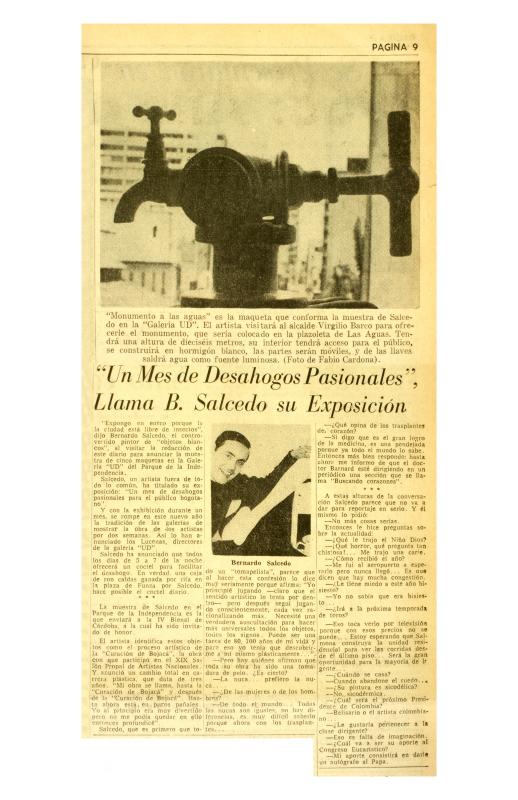In addition to being a Colombian architect, artist, and critic, Bernardo Salcedo (1939–2007) served as a diplomat assigned to Hungary (1977–79). At the time, that nation was still a part of the Eastern European socialist bloc. During his stay, Salcedo’s work as an artist was influenced by his architectural training and also by daily life in Budapest, that beautiful city on the Danube. Based on its location, he was able to travel throughout Central Europe while also organizing two exhibitions of his work in Madrid (in 1977). In this regard, the document is a record of the materials and pieces Salcedo used for rendering his own work as well as his work with local artisans. It also describes the subsequent execution of a sculpture (to be integrated into a city monument in a state of partial ruin). His sculpture consisted of a crate that was spewing out “little stone feet of headless angels with their arms cut off.”
This manuscript is significant because it is evidence of the ideas proposed by the Colombian curator María Iovino. She states that Salcedo’s artwork was influenced by his stay in Hungary, due both to the reconfiguration of his artistic imaginings and the use of materials acquired in Central European second hand and antique markets. In this regard, the letter documents the period in which the artist began to work on the series Cosas Nuevas, made up of assembled pieces. This work was only shown after Salcedo returned to Colombia in 1979.
The letter also shows the divergence between Bernardo Salcedo and the art critic Marta Traba (1923–83). When he refers to her, the document takes the artist’s usual ironic tone: “I don’t believe Marta exists, either.” This comment was related to the Argentine critic’s decision not to include his work in a retrospective exhibition. Salcedo may have been referring to Los novísimos colombianos, which Traba organized for the Museo de Arte Contemporáneo de Caracas (Venezuela), in June 1977.
To see more documents related to the work of Bernardo Salcedo, see [doc. no. 864450, doc. no. 864488, and doc. no. 864509].



